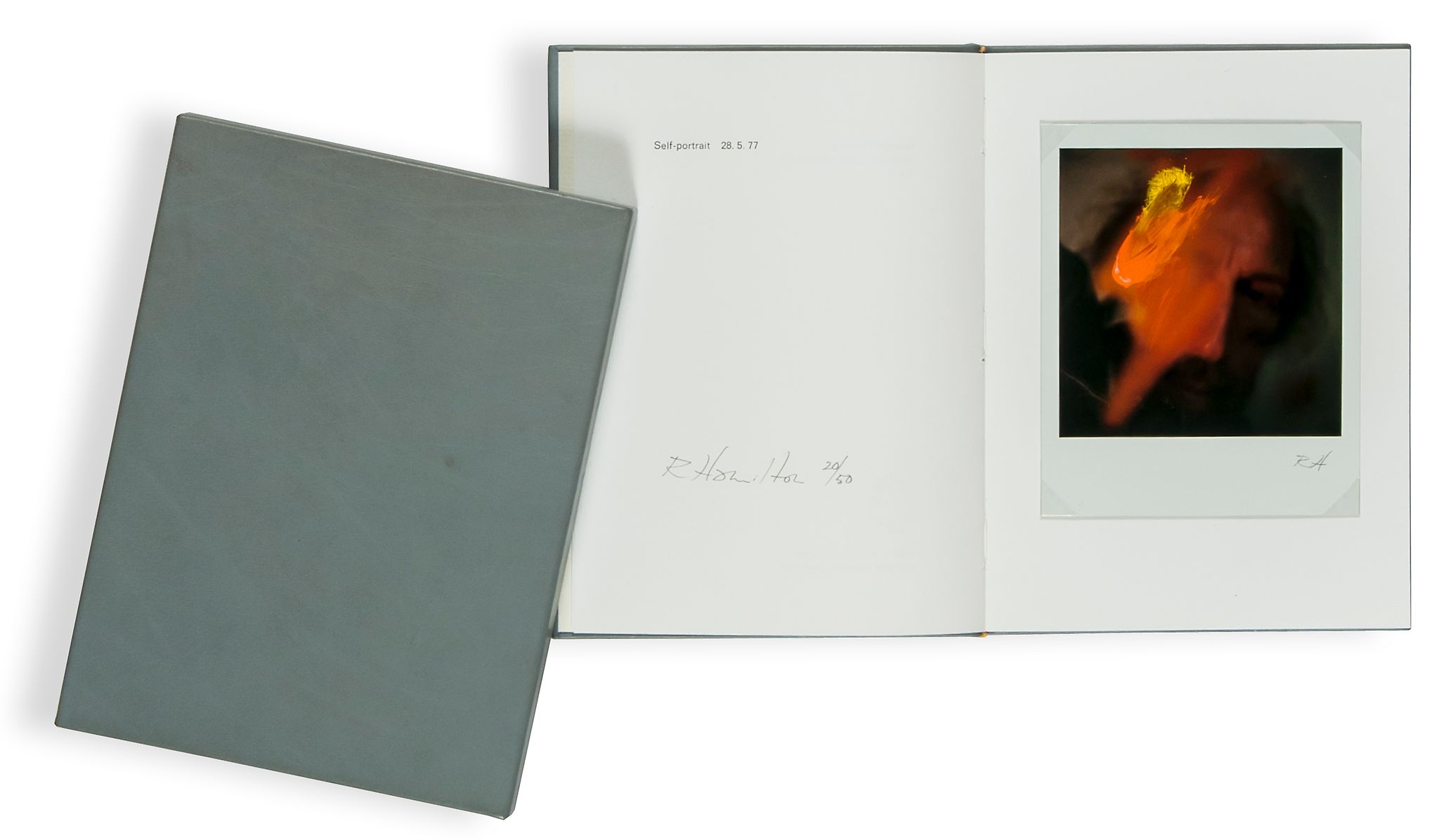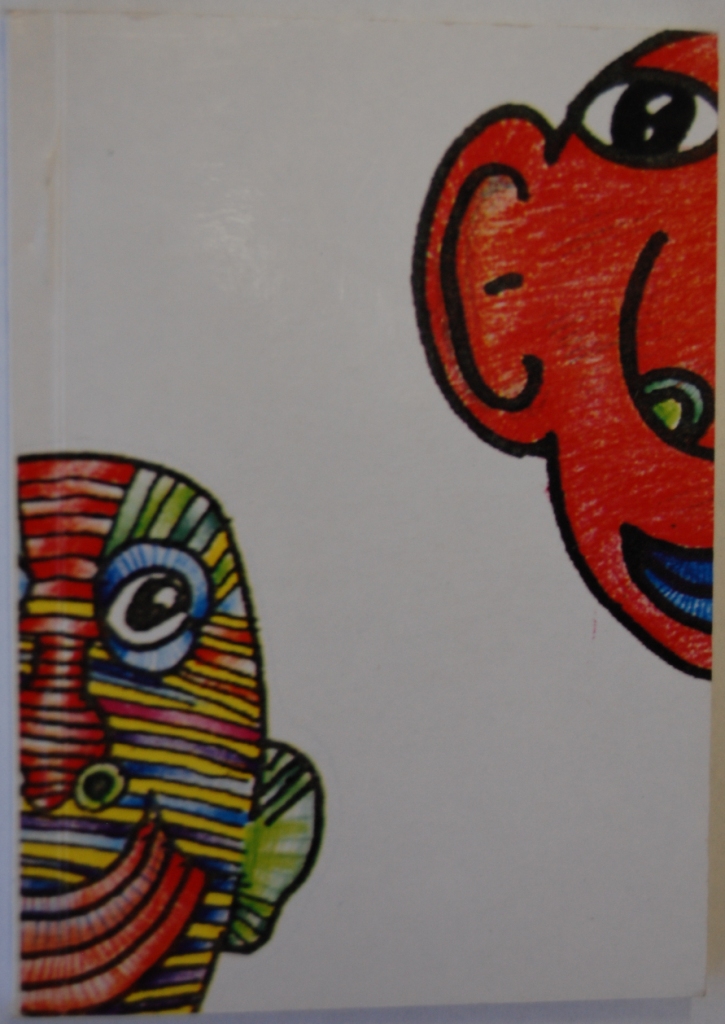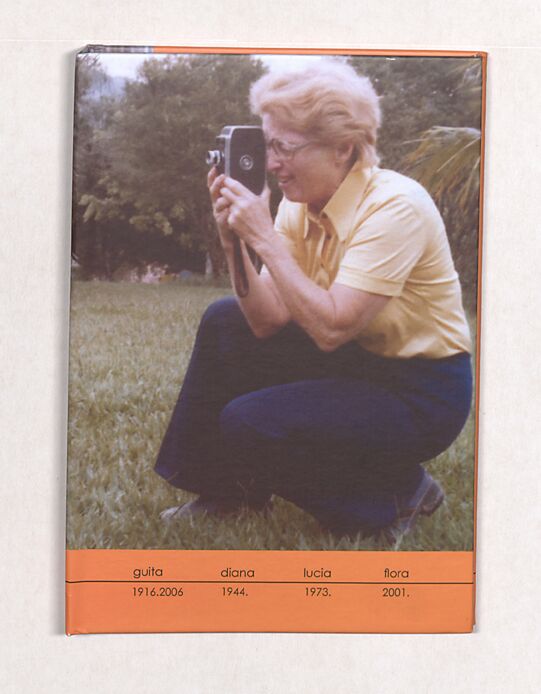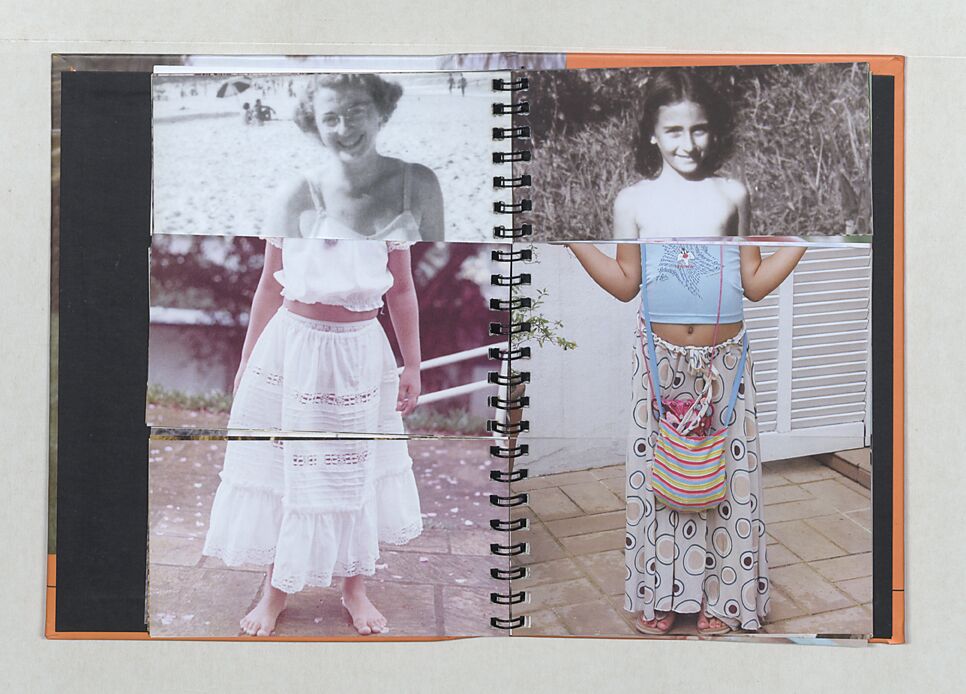
Joachim Schmid, Belo Horizonte, Praça Rui Barbosa, 2004
Joachim Schmid (Alemanha, 1955)
Belo Horizonte: Praça Rui Barbosa
Amsterdam: NEROC’VGM, 2004.
[64] p.: color.
15 x 10,5 cm.
Impressão em offset.
Brochura.
Texto em inglês.
400 ex.
Quando fiz minha primeira viagem ao Brasil em 1992, cheguei a Belo Horizonte, uma cidade tão grande quanto Berlim mas que a maioria das pessoas fora do Brasil nunca ouviram falar. Numa praça pública no centro desta cidade, encontrei uma série de negativos em preto e branco. Os fotógrafos que faziam esses retratos trabalhavam na praça usando um equipamento extremamente simples: uma caixa de madeira que servia tanto de câmera quanto de câmara escura. Na frente de um dispositivo tão simples, as fotografias foram tiradas com essa caixa e reveladas dentro dela. Os clientes obtiveram seus retratos depois de alguns minutos. Os negativos foram descartados. Eu coletei esses negativos e os imprimi. O título desse trabalho é Belo Horizonte, Praça Rio Branco. Em 1993 fiz um trabalho semelhante, Belo Horizonte, Parque Municipal.
Originalmente estes retratos foram tomados para vários fins administrativos, carteira de de identidade, carteira de mototrista e assim por diante. As pessoas que estão bem de vida podem obter os seus retratos em estúdios, e as pessoas que não podem pagar por retratos de estúdio vão para a praça. Os fotógrafos não dão instruções para as pessoas retratadas. Eles tomam simples retratos frontais, diretos.
Quando voltei para Belo Horizonte este ano os fotógrafos tinham se mudado para outra praça. E eles tinham abandonado sua técnica primitiva. Eles trabalham em cores usando câmeras de 35 mm. Depois que as fotografias são tiradas eles correm para o laboratório mais próximo para obter a tira de filme revelada e impressa. Os clientes pegam seus retratos cerca de meia hora depois de terem sido tomados. Os negativos ainda são descartados. Durante a minha estadia em Belo Horizonte, levantei-me muito cedo todas as manhãs antes que os limpadores de rua começassem a trabalhar, fui até a praça e coletei todos os negativos que encontrei. O resultado é Belo Horizonte, Praça Rui Barbosa.
When I made my first trip to Brazil in 1992 I arrived in Belo Horizonte, a city as big as Berlin that most people have never heard of outside Brazil. In a public square in the center of this city I found a series of black-and-white portrait negatives. The photographers who made these portraits worked in the square using extremely simple equipment: a wooden box that served both as a camera and a darkroom. In front of a simple backdrop, photographs were taken with that box and developed inside it. The clients got their portraits after few minutes. The negatives were discarded. I collected these negatives and printed them. The title of that work is Belo Horizonte, Praça Rio Branco. In 1993 I made a similar work, Belo Horizonte, Parque Municipal.
Originally these portraits were taken for various administrative purposes, ID cards, driving licenses, and so on. People who are well off get their portraits taken in studios, and people who cannot afford studio portraits go to the square. The photographers do not give directions to the people depicted. They take plain, frontal, straightforward portraits.
When I returned to Belo Horizonte this year the photographers had moved to another square. And they had abandoned their primitive technique. They work in colour now using 35 mm cameras. After the photographs are taken they run to the nearest lab to get the strip of film developed and printed. The clients pick up their portraits about half an hour after they were taken. Negatives are still discarded. During my stay in Belo Horizonte I got up very early every morning before the street cleaners start to work, walked to the square and collected all the negatives I found. The result is Belo Horizonte, Praça Rui Barbosa.
schmid.wordpress
Salvar






